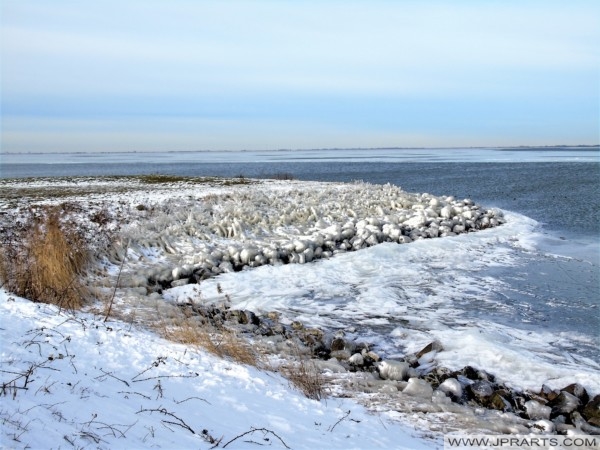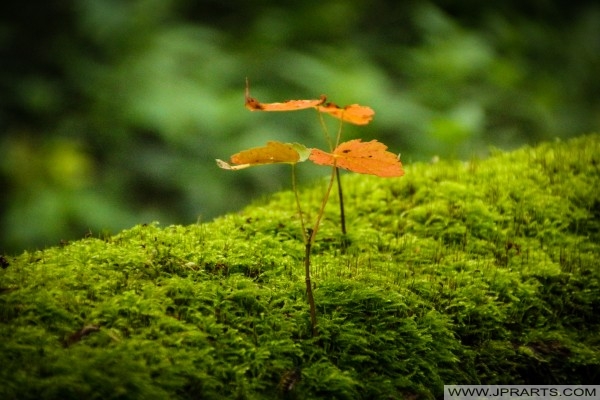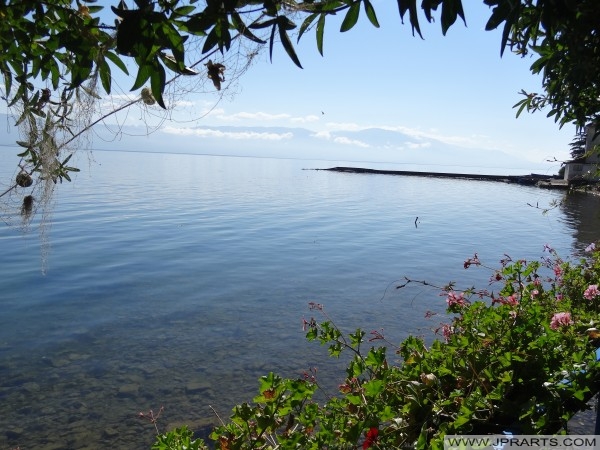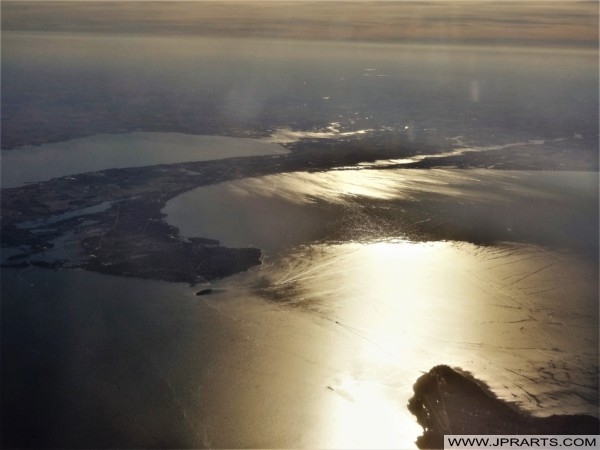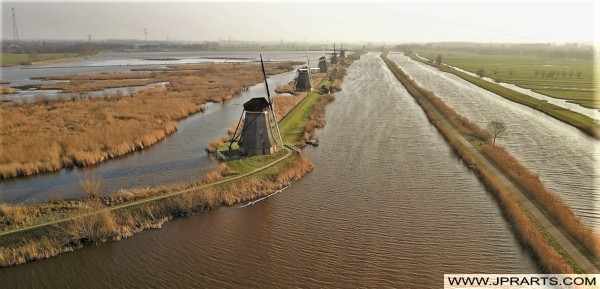A lake is an area filled with water, localized in a basin, surrounded by land, apart from any river or other outlet that serves to feed or drain the lake. Lakes lie on land and are not part of the ocean, although like the much larger oceans, they form part of earth’s water cycle. Lakes are distinct from lagoons which are generally coastal parts of the ocean. They are generally larger and deeper than ponds, which also lie on land, though there are no official or scientific definitions. Lakes can be contrasted with rivers or streams, which are usually flowing in a channel on land. Most lakes are fed and drained by rivers and streams.
Lakes in the World
Lagos en el mundo
世界湖泊
Озера в мире
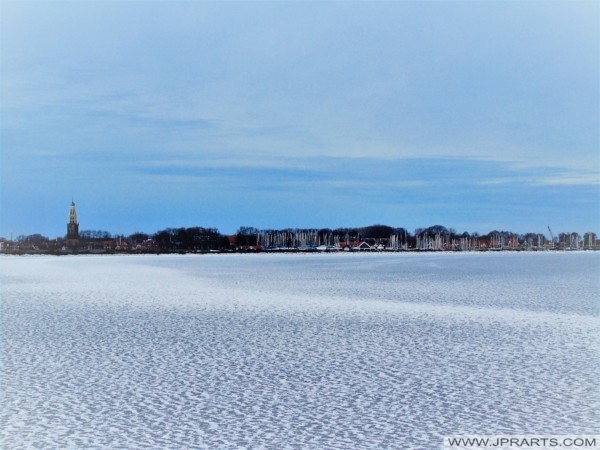
Lacs dans le Monde
Glacial lakes are lakes created by the direct action of glaciers and continental ice sheets. A wide variety of glacial processes create enclosed basins. As a result, there are a wide variety of different types of glacial lakes and it is often difficult to define clear-cut distinctions between different types of glacial lakes and lakes influenced by other activities.
Meteorite lakes, which are also known as crater lakes, are lakes created by catastrophic extraterrestrial impacts by either meteorites or asteroids. Examples of meteorite lakes are Lonar crater lake,
India, Lake Elgygytgyn, and Pingualuit crater lake, Quebec, Canada.
A solution lake is a lake occupying a basin formed by surface dissolution of bedrock. In areas underlain by soluble bedrock, its solution by precipitation and percolating water commonly produce cavities. Classic examples of solution lakes are abundant in the karst regions at the Dalmatian coast of Croatia and within large parts of Florida, USA.
بحيرات في العالم
Dünyadaki Göller
विश्व की झीलें
Tectonic lakes are lakes formed by the deformation and resulting lateral and vertical movements of the Earth’s crust. These movements include faulting, tilting, folding, and warping. Some of the well-known and largest lakes on Earth are rift lakes occupying rift valleys, e.g. Central African Rift lakes and Lake Baikal.
Volcanic lakes are lakes that occupy either local depressions, e.g. craters and maars or larger basins, e.g. calderas, created by volcanism. Crater lakes are formed in volcanic craters and calderas, which fill up with precipitation more rapidly than they empty via either evaporation, groundwater discharge, or combination of both. Sometimes the latter are called caldera lakes, although often no distinction is made. An example is Crater Lake in Oregon, in the caldera of Mount Mazama.
Danau di Dunia
Visit Cheap Shopping to Order Books, Blu-rays and DVDs Online
Cheap Online Click Here for More Stock Photos and Videos


